
Oh, Lviv, wonderful, ancient, picturesque and mysterious. This is the city where I want to live. This is not a city, but one continuous UNESCO World Heritage List!
And just as Lviv cannot be imagined without its cozy streets, cathedrals and churches, chocolate and coffee, so it cannot be imagined without the Lychakiv cemetery. As strange as it may seem, a cemetery can be more than just a gloomy, intimidating and dreary place where you will be taken at the end of your life, this place can be a museum, and even a cozy park. To be honest, my tongue does not dare to call this place a cemetery.
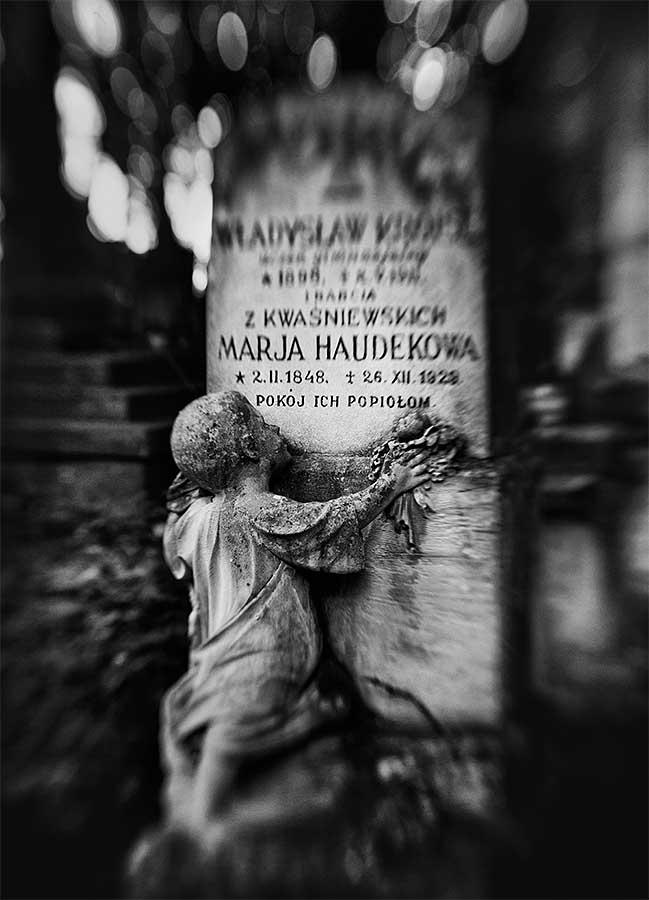
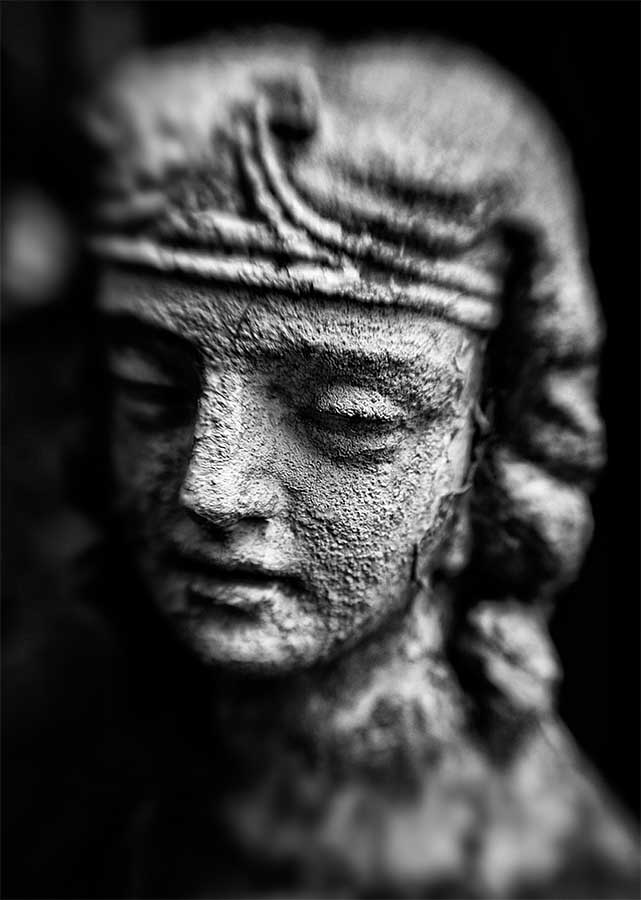
I love this place for its special atmosphere and that unusual, thoughtful, peaceful state in which I plunge when I wander along its alleys and paths. Here clear thoughts come to me, here I calmly think about my own life and … death. This cemetery is a burial place for human stories, dramas, twists of fate. And here you feel even more clearly that you are alive.
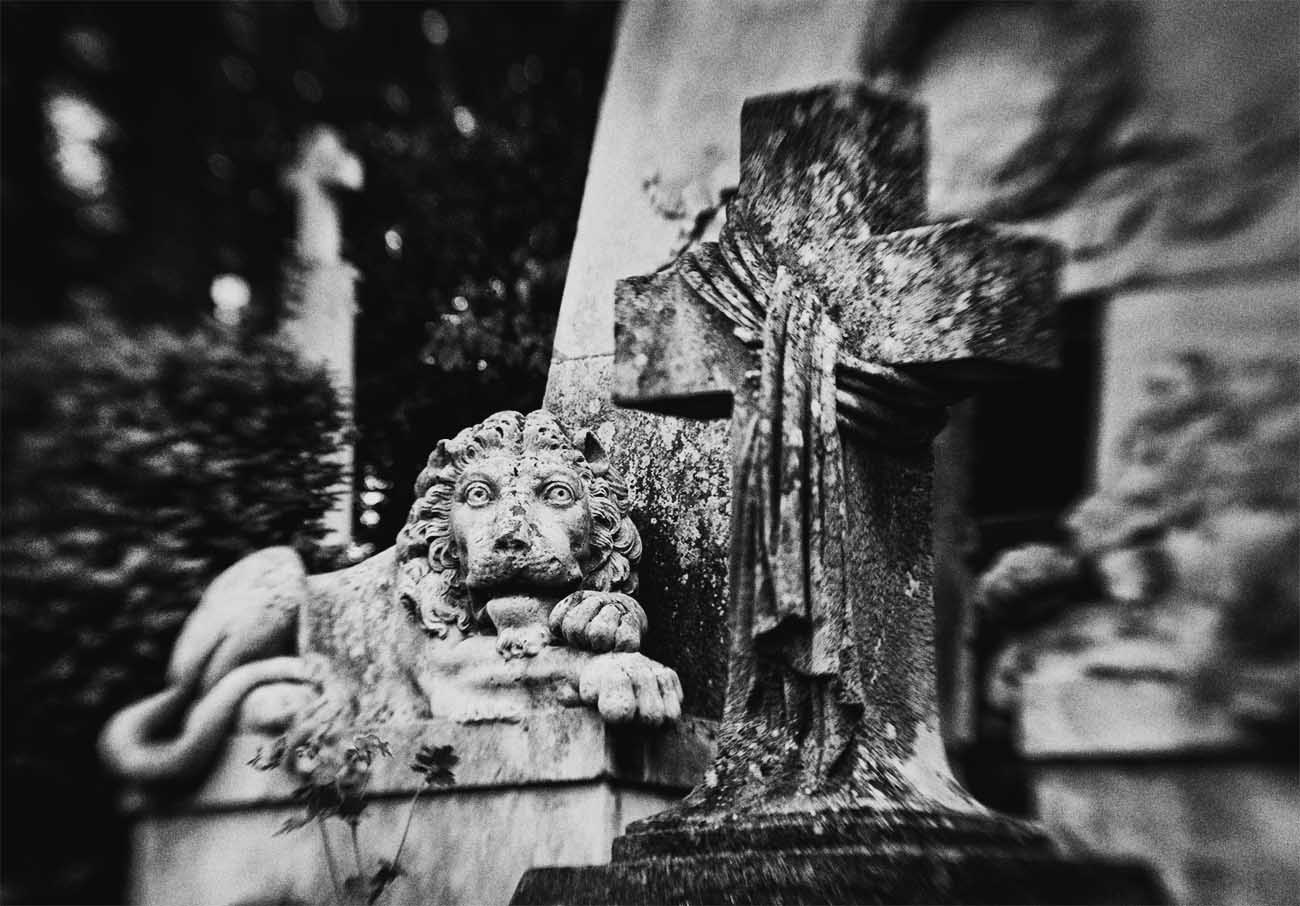
Crypts are much different from rich and very rich townspeople. The crypts show many family coats of arms. Unfortunately, many of the monuments are neglected and overgrown with shrubs and grass so that it is difficult to get close to them.


Walking between the sculptures, it seems that you have fallen into the other world, and involuntarily you begin to believe in eternal life, where it is always light, calm and peaceful.
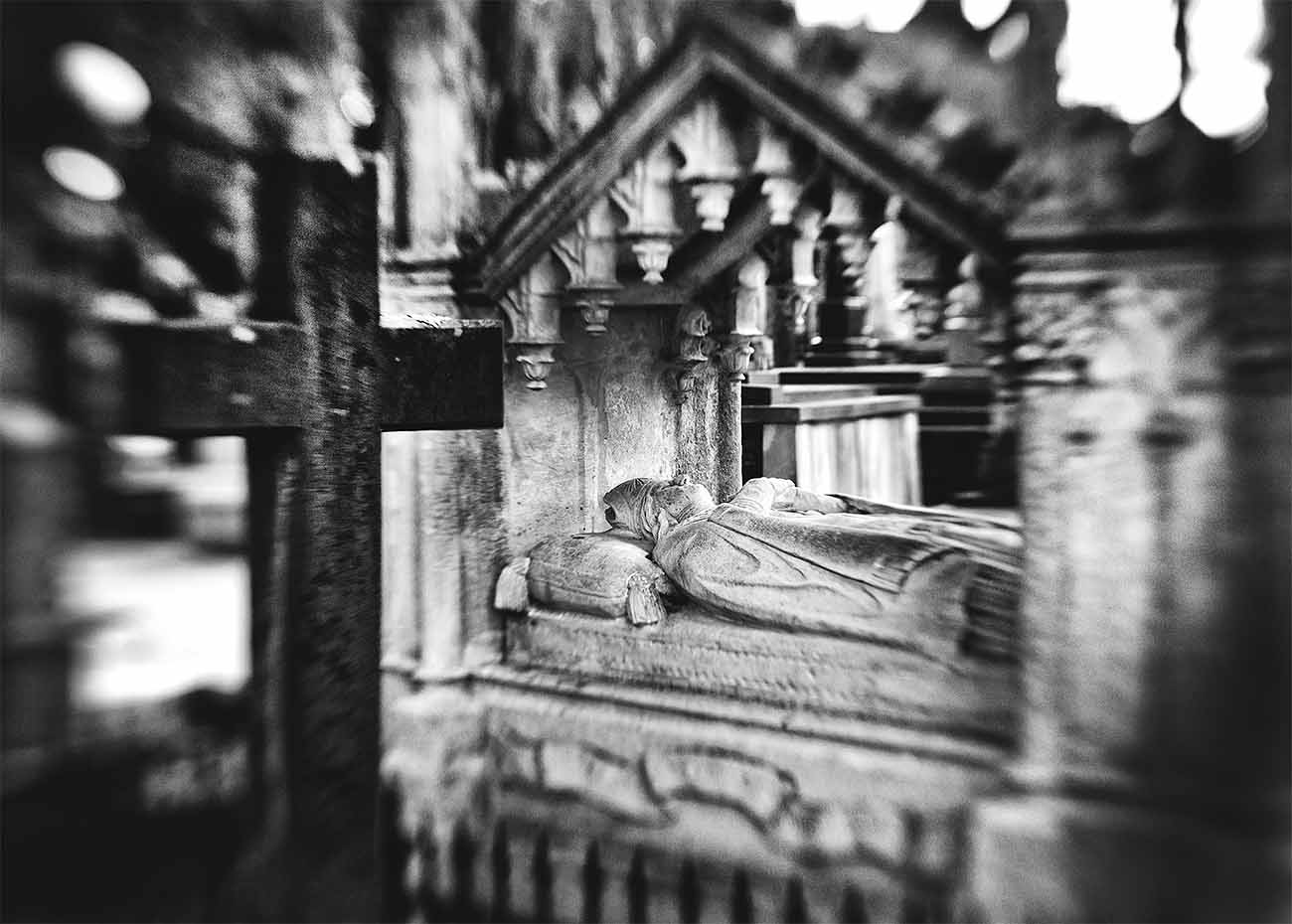
It was interesting to learn the history of the appearance of the crypt of the Armenian Bishop Samuel Stefanovich. Feeling a serious ailment in old age, he ordered a monument for himself, because he did not want to burden his relatives after death. However, Stefanovich felt better shortly after completing the order, and he lived for about 28 more years. All this time, he regularly looked after his future grave.
It is natural that people have a prejudice regarding cemeteries and everything related to death. But when they see photos of Lychakiv Cemetery, and even better – having visited this place, they change their minds forever.
The monuments and crypts that have been towering here for almost 220 years are masterpieces of sculpture and architecture of incredible beauty. These are creations of famous masters who have guarded the memory of our ancestors for centuries.
The Lychakiv Cemetery appeared around 1786. It is considered the oldest and most famous necropolis not only in Ukraine, but also in Europe. Only the most prominent and wealthy residents of Lviv could find peace there. Relatives, seeing off their loved ones on their last journey, obviously did not skimp on hiring famous sculptors to express their love.
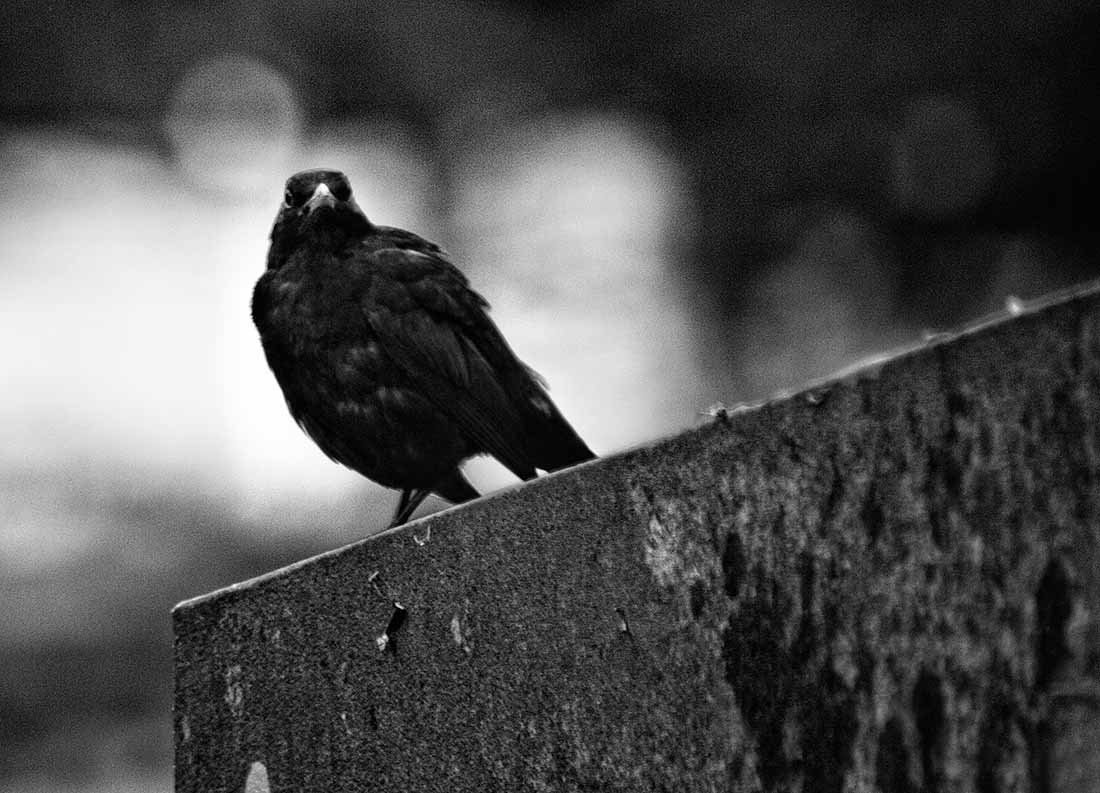
But this place was not always like this. There are references that the Lychakiv Cemetery has existed since the 16th century, but back in the 13th century, victims of the plague and suicides were buried here.
Much later, the cemetery became the last refuge for prominent people – here you will find tombstones of Ukrainian prominent state and cultural figures, and the Polish gentry, and representatives of the Austrian monarchy, and the Armenian intelligentsia.


The most memorable, large and luxurious crypt on the Lychakiv Cemetery, no doubt, is the crypt of the Barchevsky family. It is made in neo-Byzantine style, its total area is 220 square meters. Such crypts were built with the aim of resting the souls of a whole family, but the only and last representative of the Barchevsky family is buried in this crypt. He was a very rich tycoon, but a lonely man.
He, without creating a family, died young at the age of 50, and before his death he transferred his fortune to cash and bequeathed it to science, charity, patronage: for annual awards for the best works in the field of literature and history, for scholarships for students of Lviv and Krakow universities, dowries for girls from poor families, and so on. His will stated that none of his relatives could challenge the will, his last will.
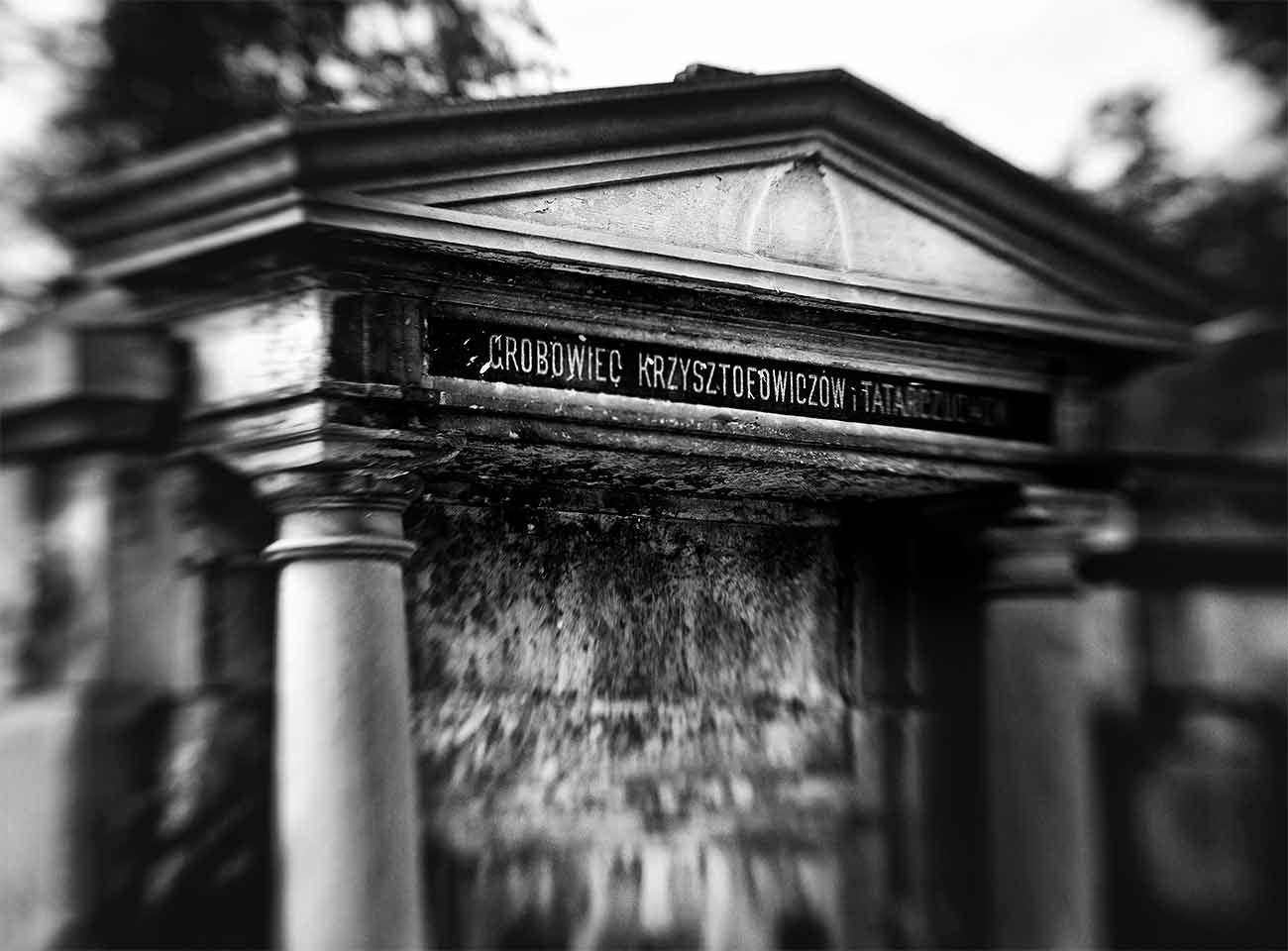
Previously, according to tradition, the inhabitants of the city were buried in dungeons near churches, or in crypts under them, this led to unsanitary conditions. Sometimes in the summer during the service, very unpleasant odors of decomposing bodies were heard.
And only thanks to the Austrian Emperor Joseph II, in 1784 all the cemeteries from the city center were moved to the outskirts. Thus, the unique Lychakiv Cemetery appeared on the picturesque hills and terraces of ancient Lviv.
Representatives of noble Austrian, Polish and Ukrainian families found peace here. In this place you will find monuments to such great political figures and artists as poet Ivan Franko, composer Stanislav Liudkevych, opera singer Solomiya Krushelnitska, actress Regina Markovska, historian Ivan Kripyakevych.

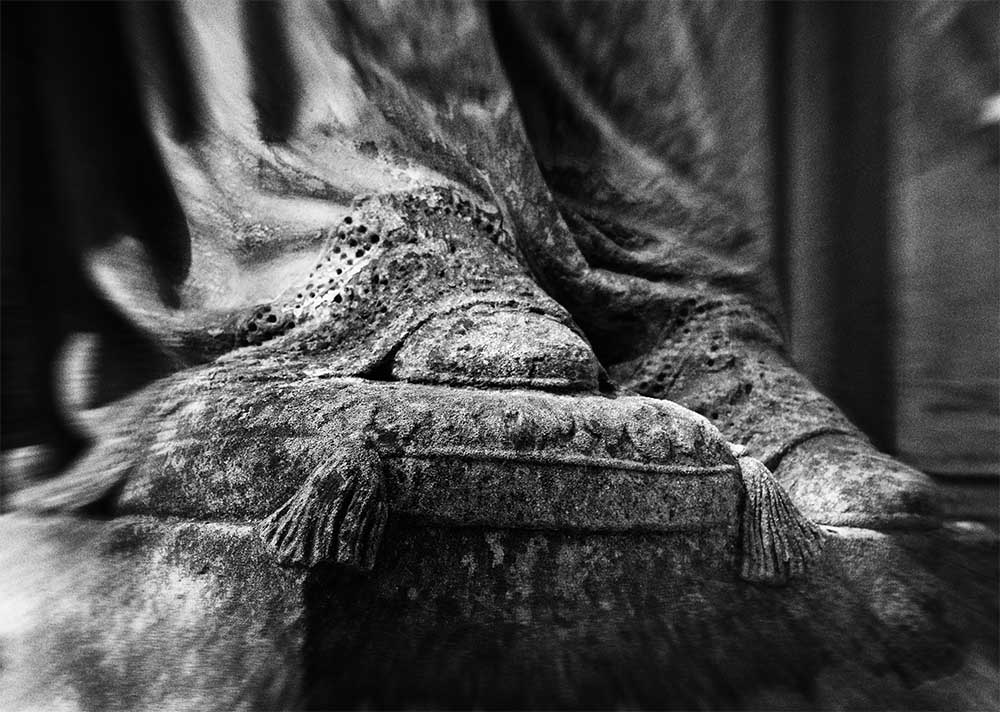
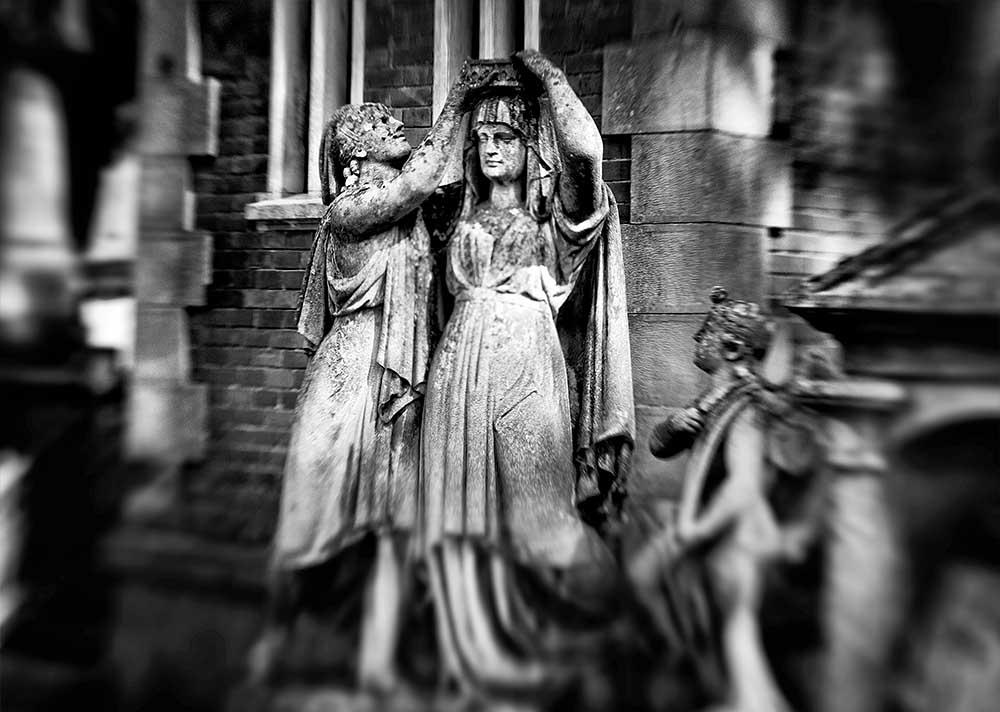
A few statistics – the Lychakiv Cemetery is located on 86 fields and 42 hectares of well-groomed territory, it is easy to get lost without a map. There are about 500 sculptures and tombstones of completely different architectural styles and decorations, and more than 2,000 crypts.
The cemetery has 24 ancient chapels, 5 large memorials, 2 pantheons of political prisoners, repressed, fighters for Ukraine, heroes of the Heavenly Hundred and volunteers who died in the East of Ukraine, as well as more than 5,000 tombs and more than 100,000 grave structures.
There are more than 400,000 graves of people of different nationalities and religions. The inscriptions on the tombstones are carved in German, Serbian, Italian, Polish, Armenian, Latin, Ukrainian, Hebrew and Russian.
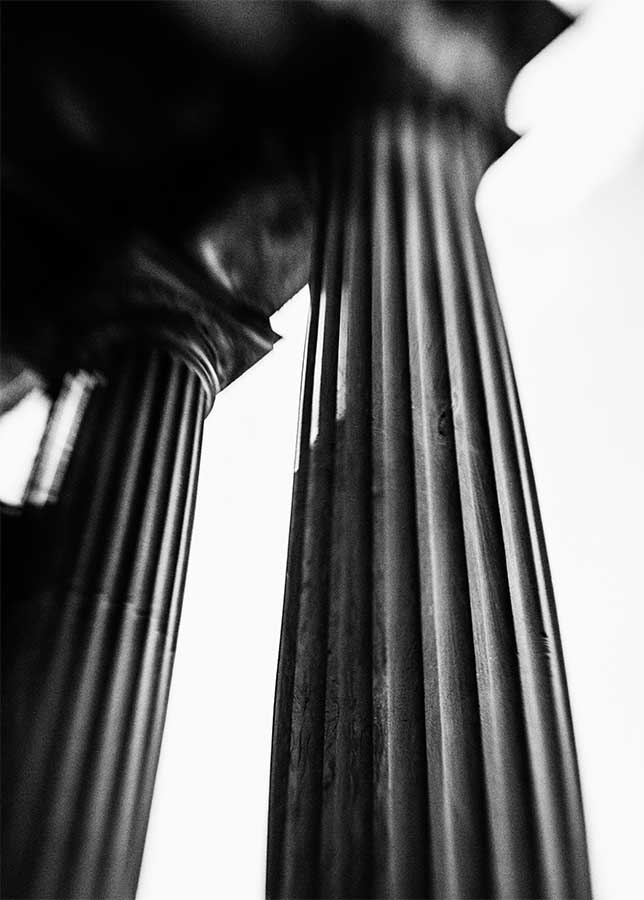

The very first burials of Lychakiv date back to 1786 and 1797, and the oldest tombstone in the cemetery dates back to 1675. It was moved from the church cemetery in the center of Lviv. Since 1804, the cemetery has expanded greatly due to land purchases by private individuals. Not just monuments were built over the grave, but monumental family crypts and tombs were erected for centuries. To this day, 24 chapels have survived, where relatives of the deceased came to bring fresh flowers, pray and light a candle without prying eyes.
At one time, in order to give the Lychakiv Cemetery the look of a park zone, in 1856, the botanist Karl Bauer and Tit Tkhuzhevsky developed a unique project of alleys and paths, and since then this place has taken on the appearance of an open-air museum.
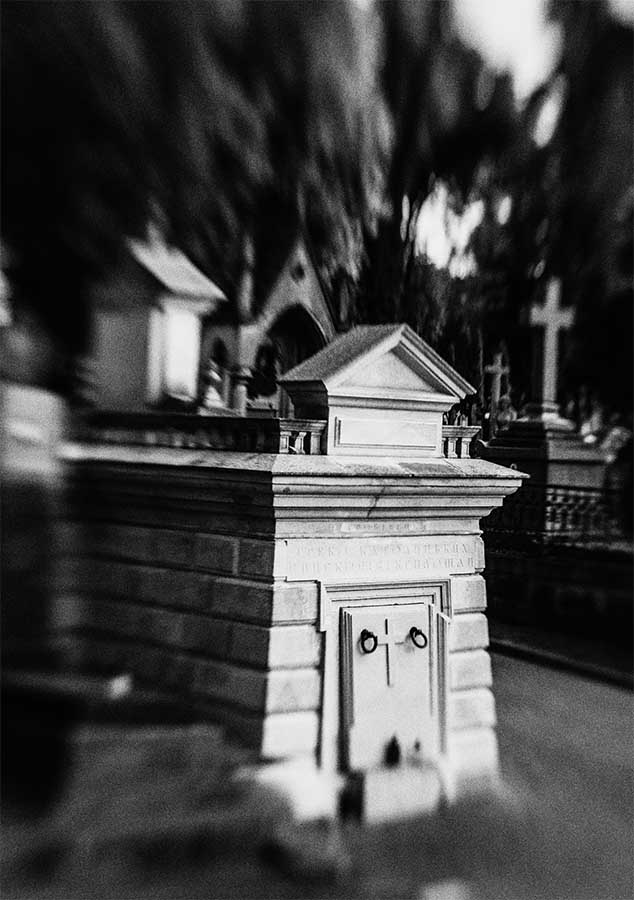
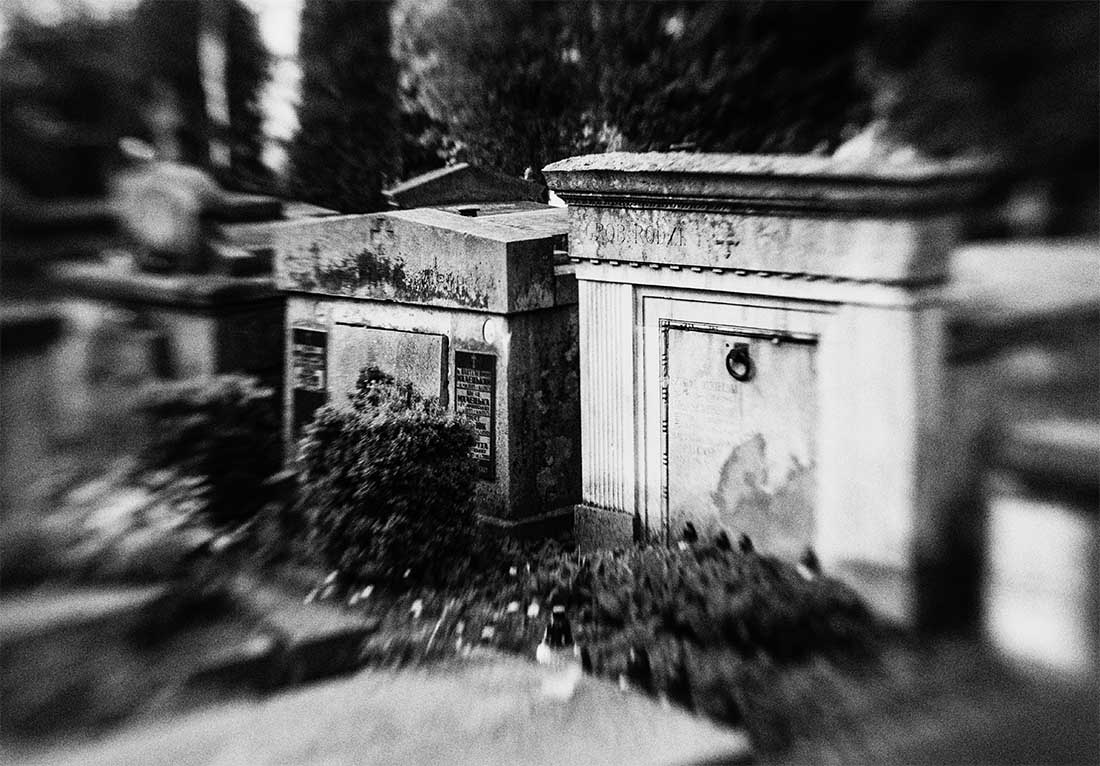
Very often among the tomb sculptures you can see Angels – a symbol of calmness, patience and peace. This is a spiritual, intelligent, supernatural creature with snow-white wings behind its back. The Guardian Angel has been protecting you from the day you were born and remains standing unswervingly near your crypt, guarding you in eternal life.
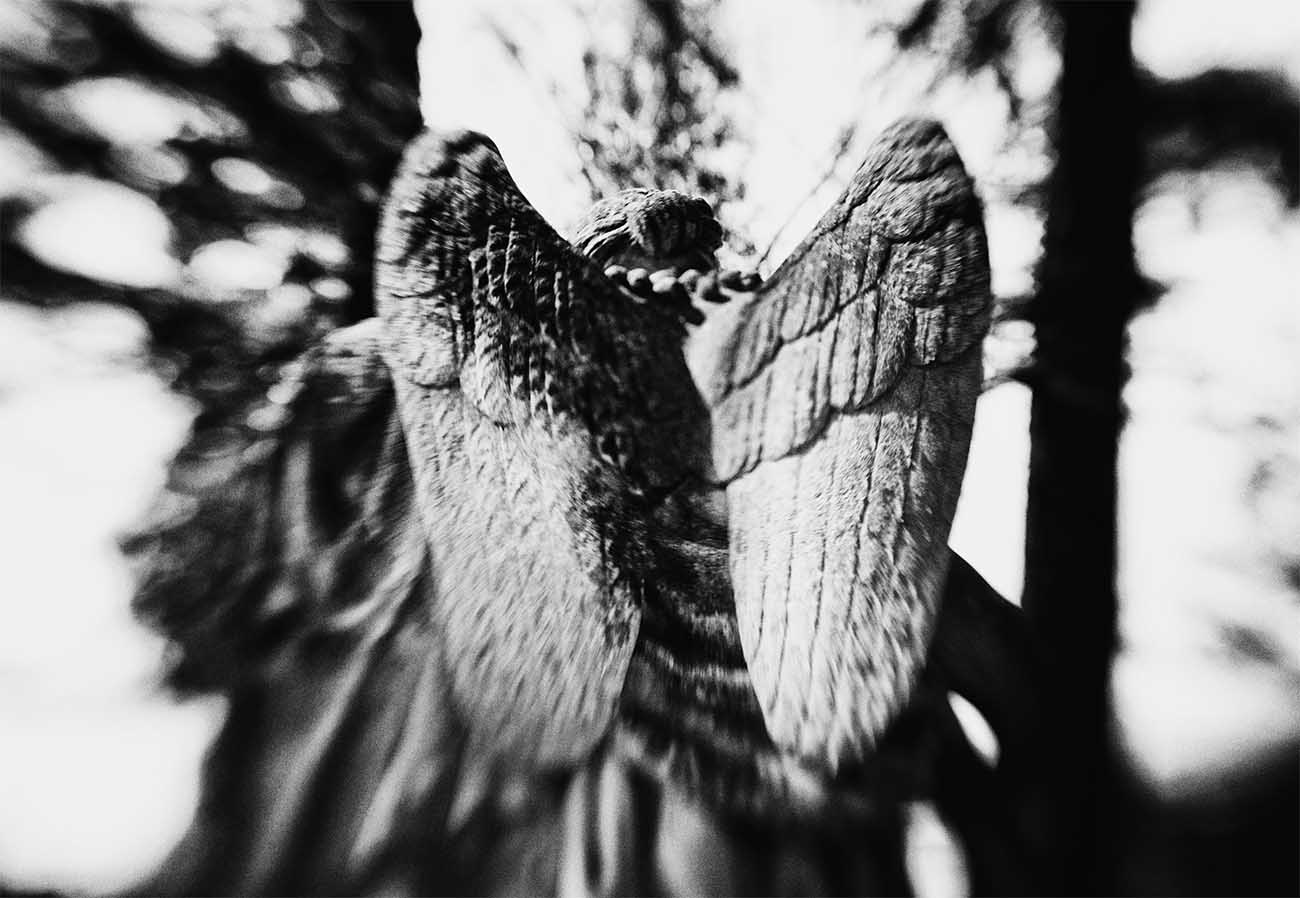

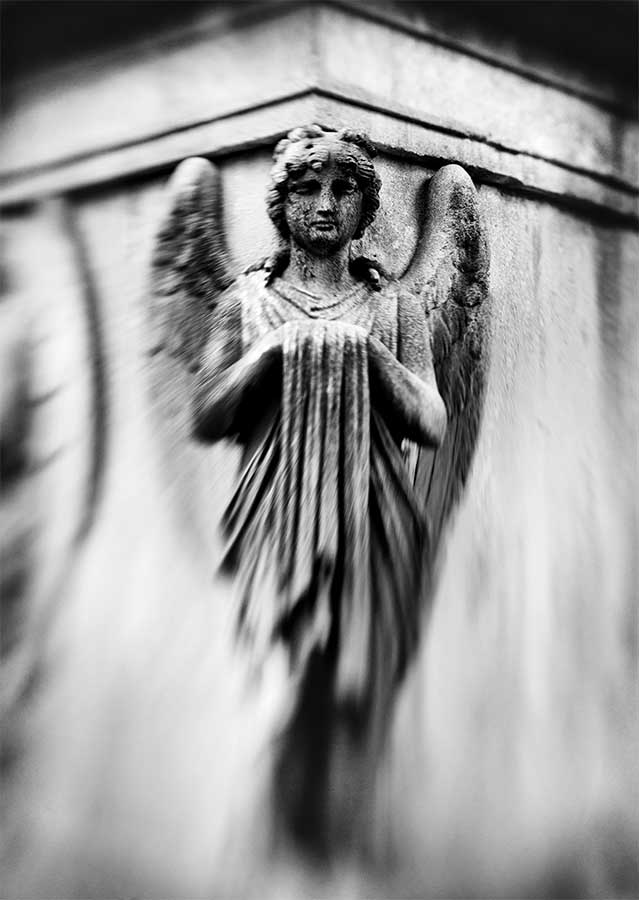
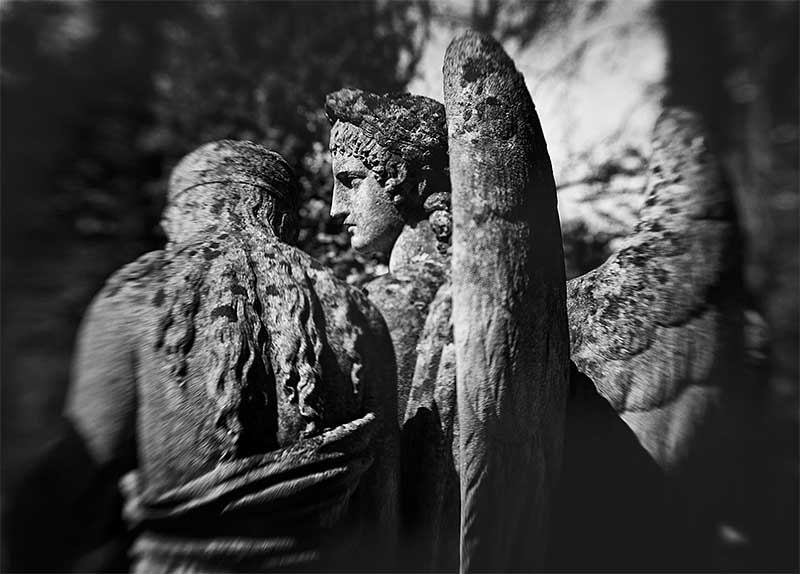

In those days, depicting and placing a sculpture of the Guardian Angel on the grave, people believed that he would also protect them in the afterlife.
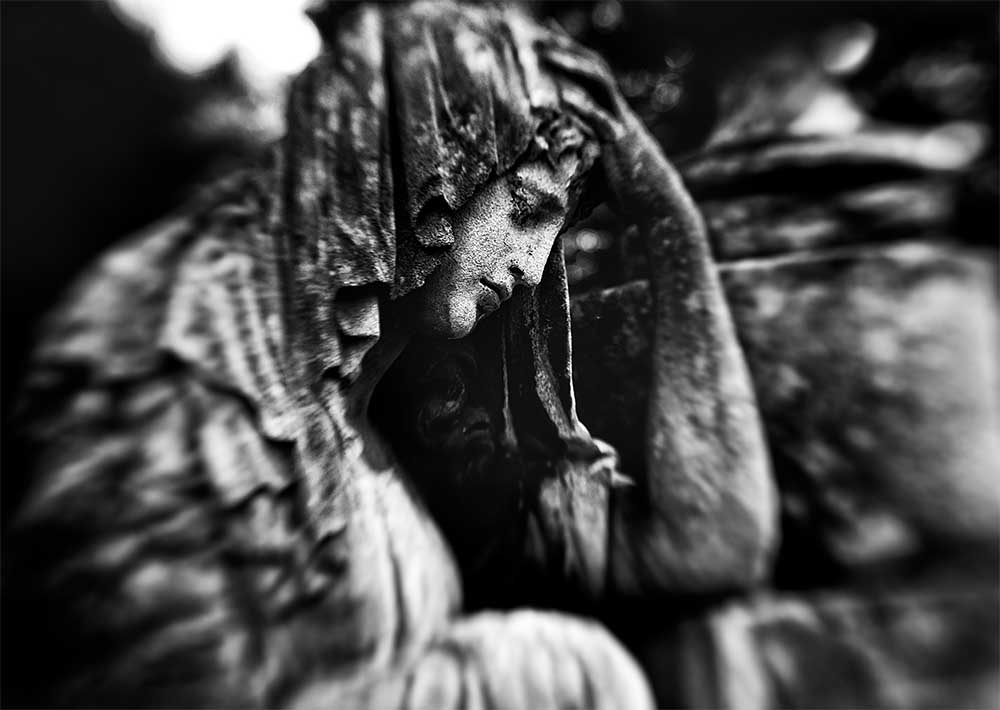
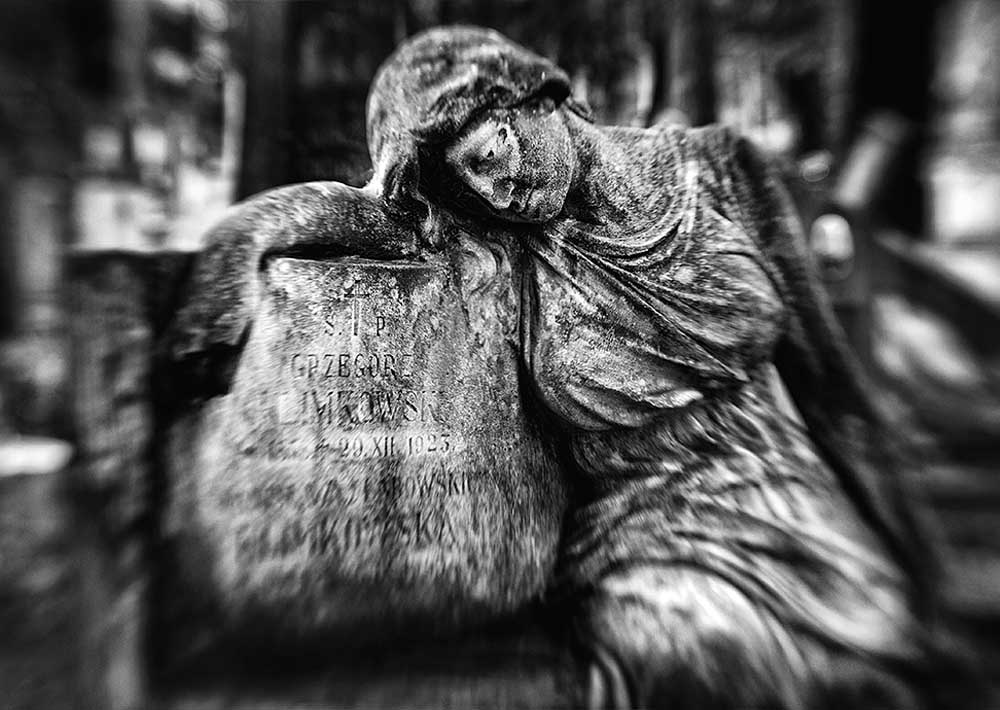
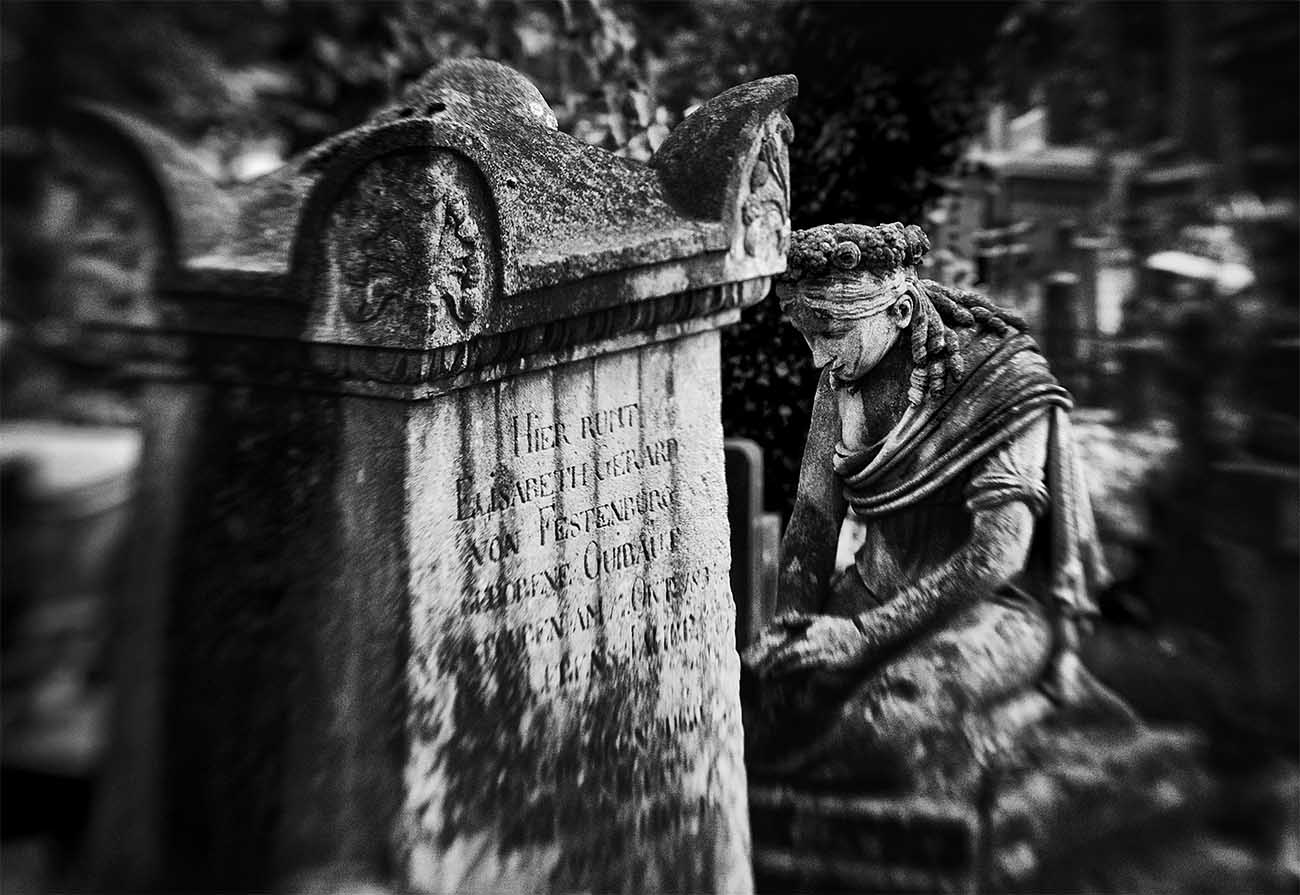
The mourner near the urn with ashes, the gravestone of Juliana Schrangner, artwork of the famous architect Hartmann Witwer. His sculptures also adorn Rynok Square and many other streets of Lviv. There are many sculptures of the Virgin Mary and mourners in the cemetery. The latter symbolize unfading love, endless longing and grief for the departed person. Previously, noble persons, in order to enhance the mourning atmosphere of the funeral, specially hired mourners who, for a fee, came to the grave from time to time and after the funeral and wept for the deceased.
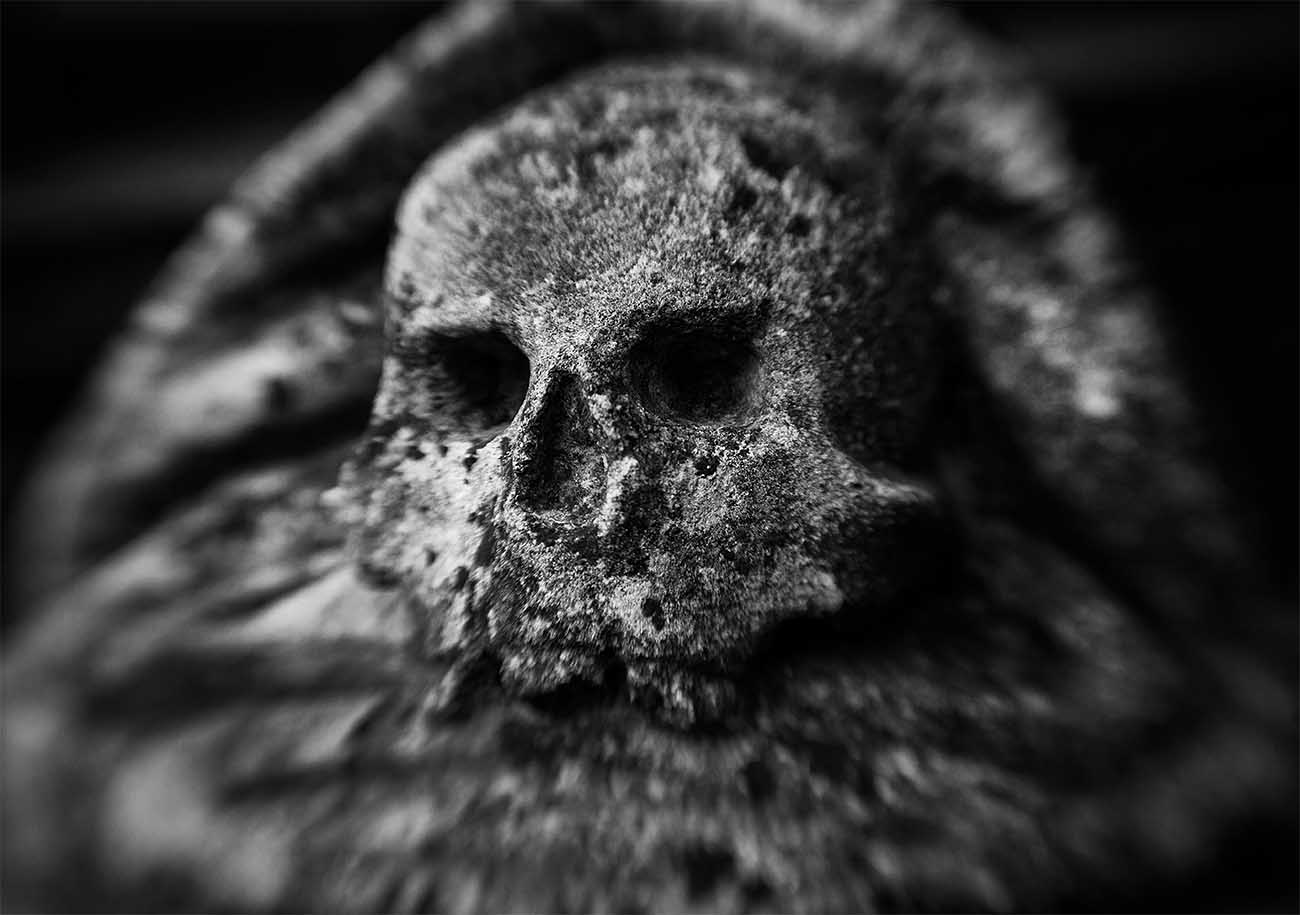
There were many fires in the history of Lviv, one of them directly touched the Lychakiv Cemetery. In 1848, all burial registration books burned down, and a new census of graves was soon carried out. During the Austro-Hungarian Empire, strict rules were introduced on the territory of the cemetery. In case of non-payment of money for the burial place of the relatives of the deceased, they were punished. The burial was demolished, and the remains of people were transferred to mass graves.
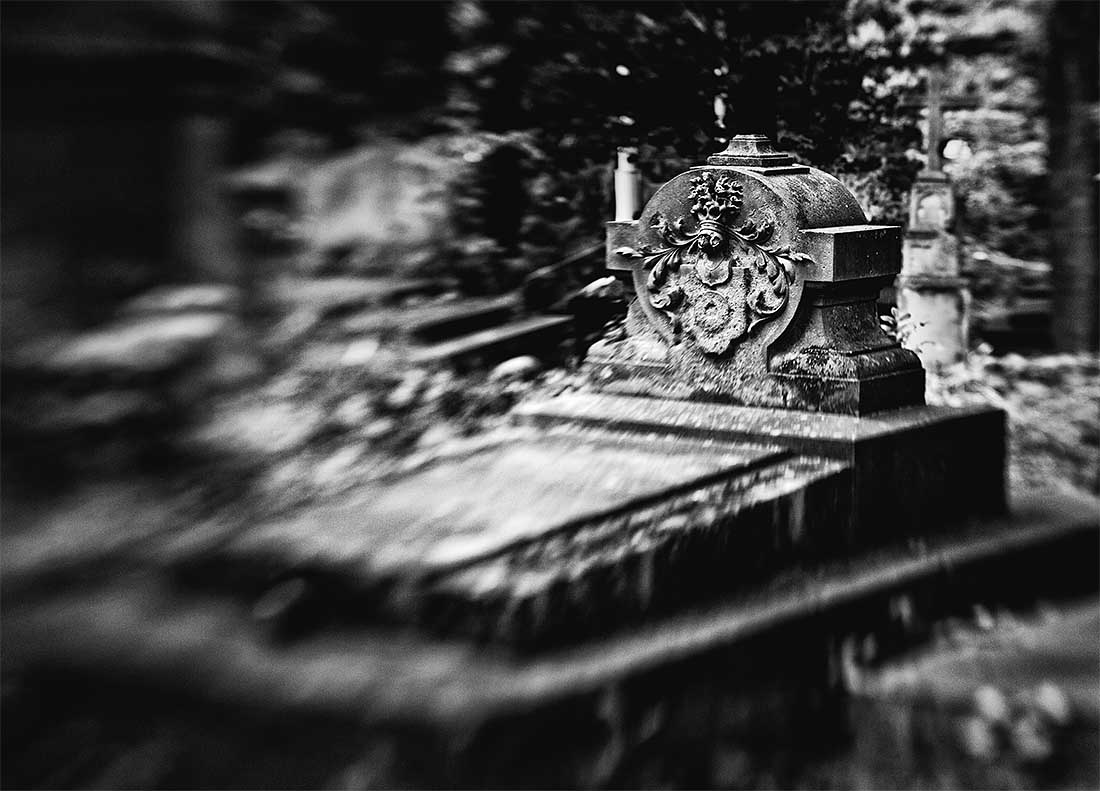
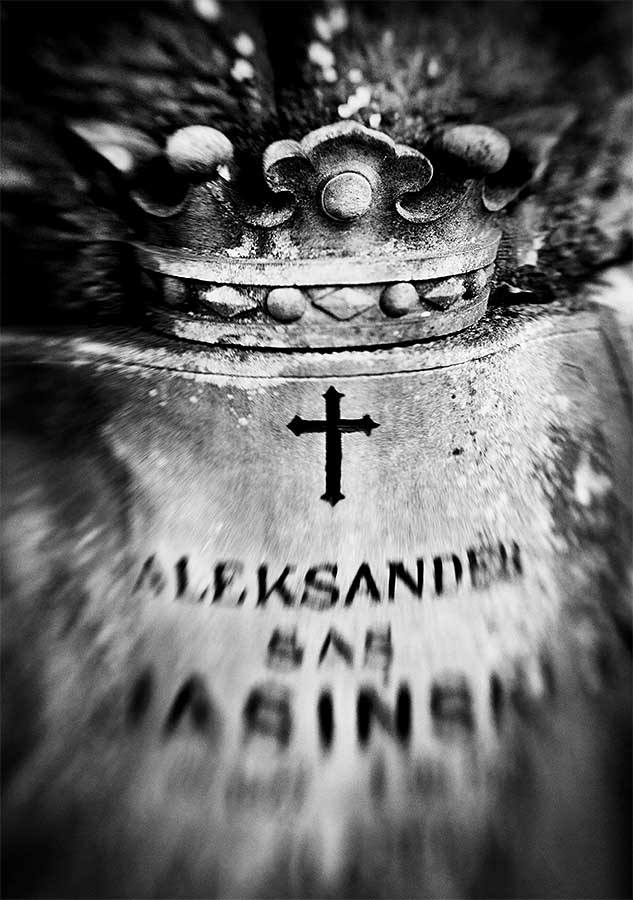
Huge damage to the cemetery was caused during the opening of the cemetery for mass graves during the years of the Soviet Union. The local Soviet authorities simply knocked down crosses from tombstones and dug up the graves, and buried ordinary Soviet citizens in a new place. That is why now among the ancient sculptures and monuments you can find simple nondescript granite slabs.
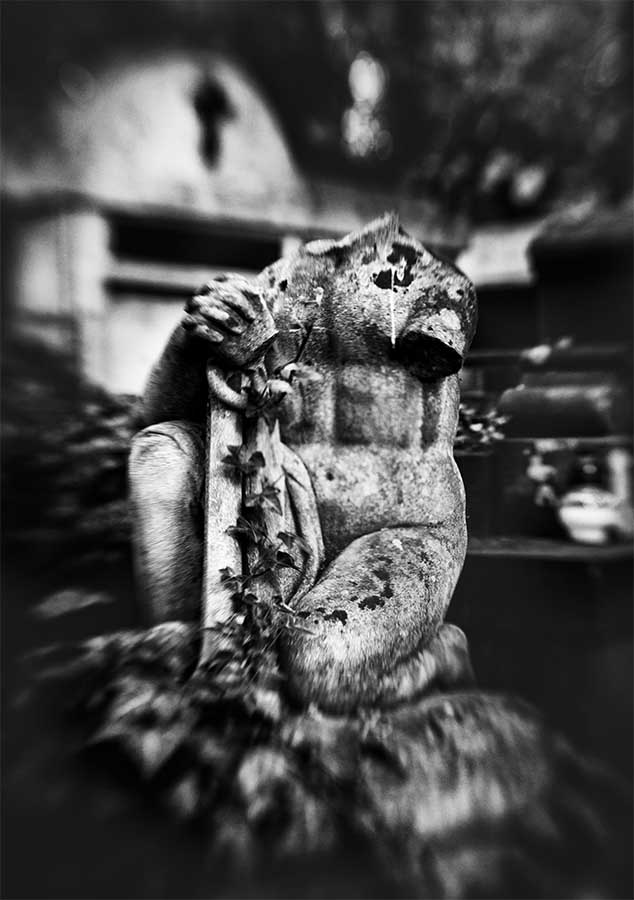
Among the family crypts there are a lot of Polish ones, which are several hundred years old. They were plundered with the advent of Soviet power: there was a rumor that one Polish family was buried in golden shoes. Marauders could not sleep well and devastated the crypts at night, looking for precious metal. The next morning, the remains of burials and broken slabs were found scattered in the alleys of the cemetery.
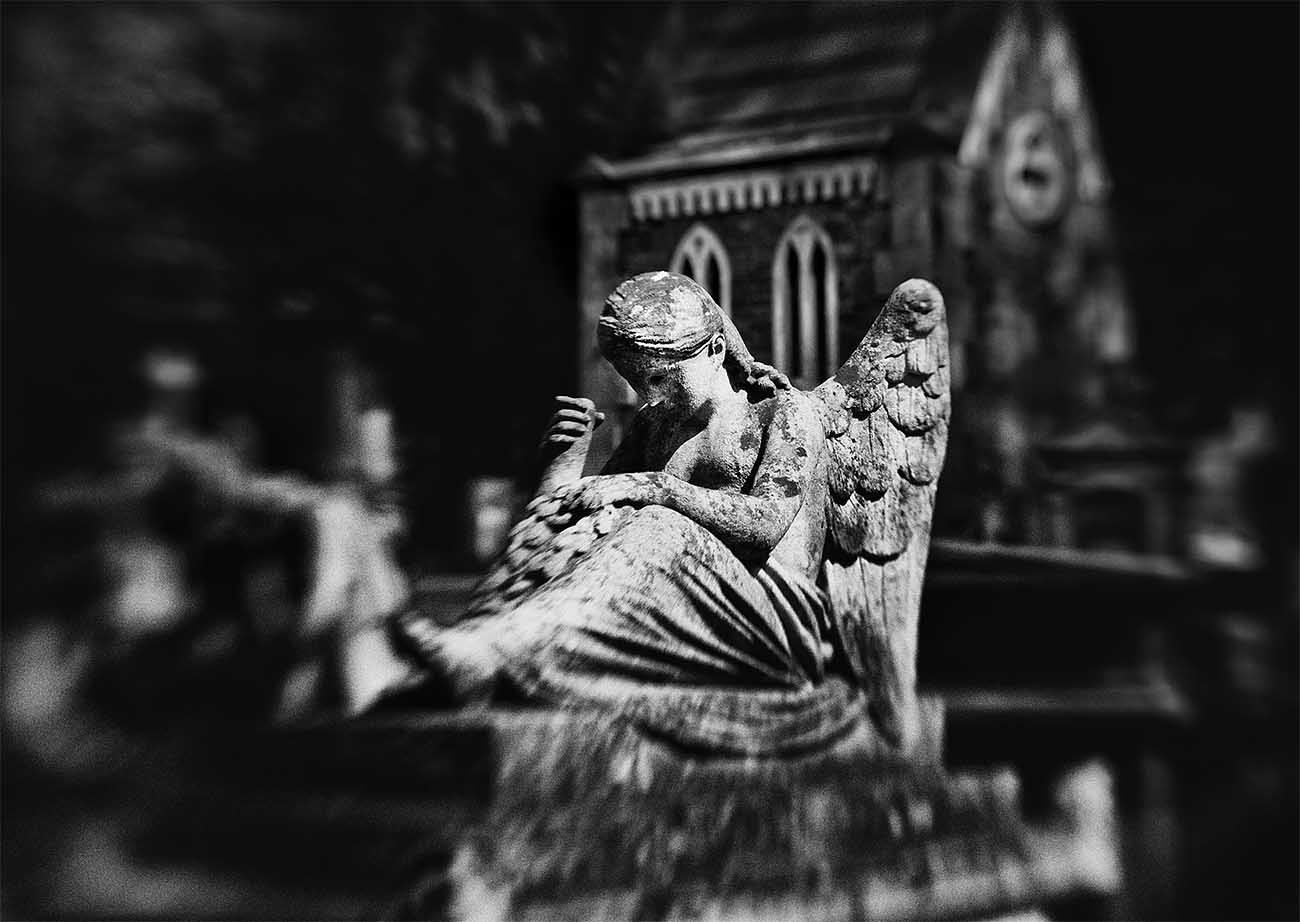
To this day, famous and worthy people are buried at the Lychakiv Cemetery. But even a simple person can absolutely officially “bury” his loved ones. An ordinary, inconspicuous place costs in the average about 1 thousand dollars. A “no one’s” crypt costs a little more.
“It’s a strange thing: if the relatives during the life of another deceased cared for him at least half as much as when he was no longer of any use to him, the corpses would certainly willingly refuse the most expensive mausoleums; but such is a man: he truly values only what has been taken away from him, ”- E. M. Remarque “Black Obelisk”.